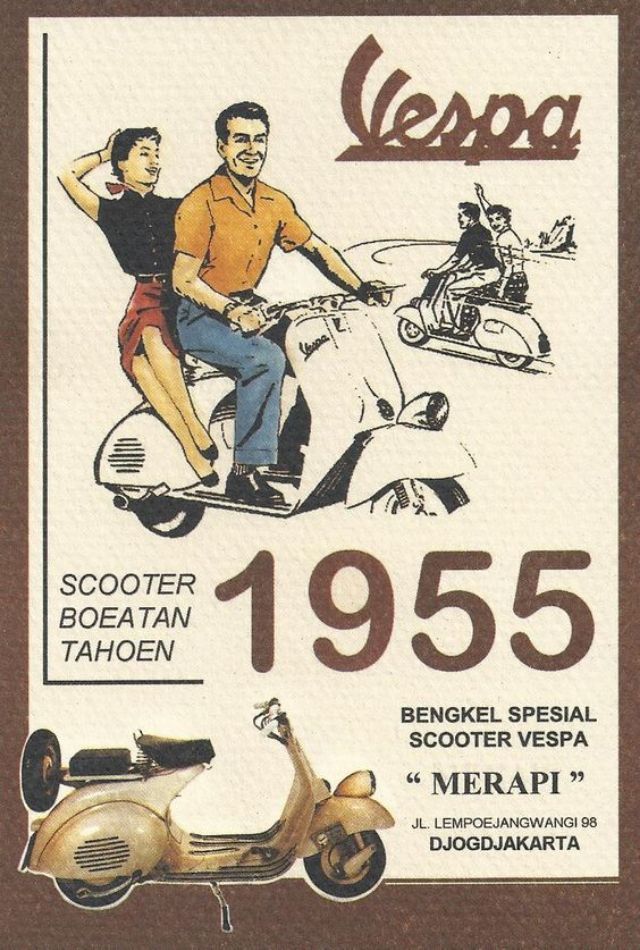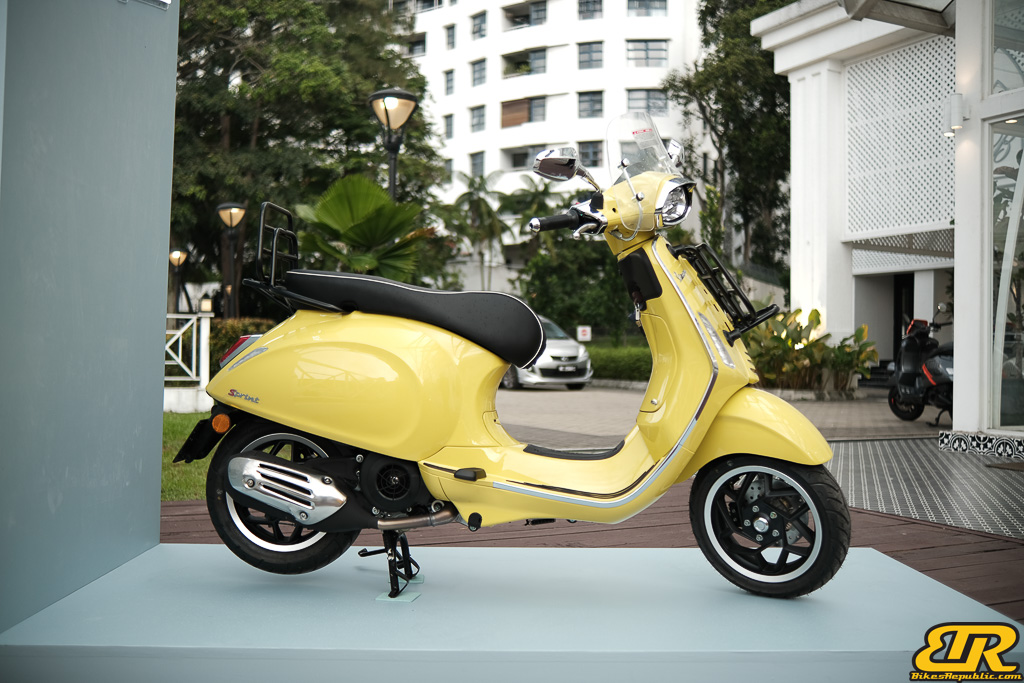The Vespa brand has been around for nearly 80 years, going through ups and downs, and finally arriving at this juncture as an iconic motorcycle brand. So, to celebrate the upcoming Vespa Day celebrations, here is a (very) concise history of Vespa.
In the beginning
Vespa’s story began in 1946, in the aftermath of World War II, when Enrico Piaggio, seeking to provide Italians with a practical mode of transportation, collaborated with aeronautical engineer Corradino D’Ascanio to create the first Vespa model, the Vespa 98.
Ironically, D’Ascanio made it clear from the outset that he hated motorcycles, even from when he was approached by Ferdinando Innocenti (the founder of Lambretta) earlier. To him, motorcycles are bulky, dirty, and unreliable. However, it was this perspective that gave rise to Vespa’s construction and iconic shape.
Anyway, the name “Vespa” means “Wasp” in Italian, a nod to the bike’s buzzing sound.
Iconic models
- Vespa 98 (1946): The Vespa 98, introduced in 1946, marked the birth of the Vespa brand. It was the first scooter produced by Piaggio and featured a 98cc engine. Designed by aeronautical engineer Corradino D’Ascanio, the Vespa 98 boasted a revolutionary design with a step-through frame, enclosed engine, and small wheels. This model set the standard for future Vespa scooters and laid the groundwork for the brand’s success.
- Vespa 125 (1948): Following the success of the Vespa 98, Piaggio introduced the Vespa 125 in 1948. This model featured a larger 125cc engine, offering improved performance and versatility. The Vespa 125 quickly gained popularity both in Italy and abroad, solidifying Vespa’s reputation for quality and innovation. It became a symbol of post-war reconstruction and economic revival in Europe.
- Vespa GS Series (1955): The Vespa GS Series, introduced in 1955, represented a significant advancement in Vespa’s design and performance capabilities. The GS (Gran Sport) models were equipped with larger engines, ranging from 125cc to 200cc, and featured sportier styling and improved handling. The Vespa GS 150, in particular, became renowned for its speed and agility, winning races and capturing the hearts of enthusiasts. The GS Series cemented Vespa’s status as a manufacturer of high-performance scooters and further expanded its global reach.
- Vespa Primavera (1968-Present): Capturing the spirit of the swinging sixties, the Primavera became a symbol of youth culture with its sleek lines and vibrant colors, remaining a favorite among riders worldwide.
- Vespa PX Series (1977-2007): Renowned for its robust build and timeless design, the PX Series became synonymous with Vespa’s commitment to quality and craftsmanship.
- Vespa GTS Series (2005-Present): Combining performance and style, the GTS Series has become a modern classic, offering riders a powerful and comfortable riding experience.
Current production facilities
Vespa’s production facilities are strategically located around the globe to ensure accessibility to riders worldwide. With manufacturing plants in Italy, Vietnam, India, and Brazil, Vespa seamlessly blends traditional craftsmanship with advanced technology to produce scooters that meet the highest standards of quality and reliability.
The future of Vespa
As the world embraces sustainable transportation solutions, Vespa is committed to shaping a greener future. The brand has introduced electric models such as the Vespa Elettrica, offering riders an eco-friendly alternative without compromising on performance or style. Additionally, Vespa continues to explore innovative technologies such as connectivity features and autonomous riding systems, reaffirming its position as a pioneer in urban mobility.
In conclusion
From its humble beginnings in post-war Italy to its status as a global icon, Vespa has continued to evolve and innovate, staying true to its core values of style, functionality, and accessibility. With a rich history of historic and iconic models, state-of-the-art production facilities, and a commitment to sustainability, Vespa is poised to lead the way towards a brighter, more efficient future of urban mobility.


























